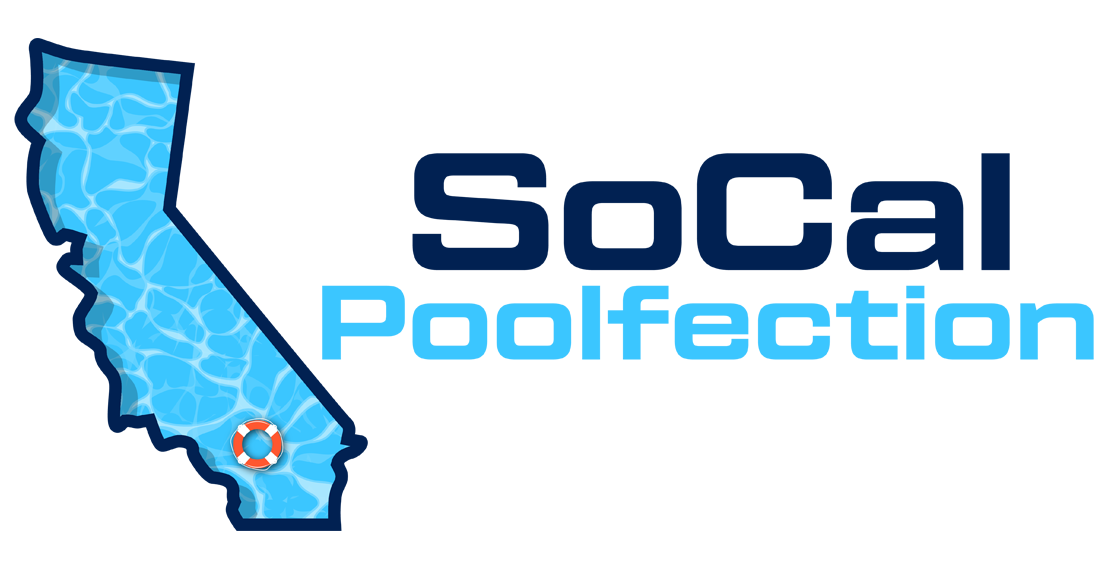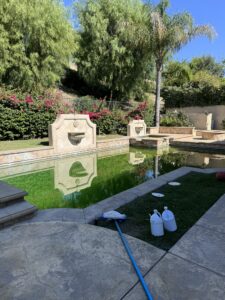Chlorine Tablets for the Summer
Absolutely! Here’s a 2,000-word SEO-optimized blog post for SoCal Poolfection on the topic of using chlorine tablets in a swimming pool during the summer months, written at an 8th-grade reading level and tailored for a friendly, educational tone:
The Ultimate Summer Guide to Using Chlorine Tablets in Your Pool
There’s nothing like a sparkling clean pool on a hot summer day. But keeping your pool water crystal clear takes a little know-how, especially when the summer sun is beating down and people are swimming more than ever. At SoCal Poolfection, we’re here to make pool care easy and stress-free for homeowners in Simi Valley and nearby areas. One of the best tools to help you keep your pool clean during the hot months? Chlorine tablets.
Also known as chlorine tabs or even “chlorine pukes” in the pool world, these little pucks pack a powerful punch when it comes to sanitizing your pool water. They’re a reliable, easy-to-use solution that helps control bacteria and algae, especially when summer temperatures and UV rays are working overtime to eat away at your chlorine levels.
In this post, we’ll walk you through why chlorine tablets are so useful, how to use them properly, and what you should know about conditioner levels to get the best results. Whether you’re new to pool ownership or just want to make sure you’re doing things the right way, we’ve got you covered.
Why Chlorine Tablets Matter in Summer
When summer hits, everything ramps up—swimming, sun exposure, heat, and pool use. Unfortunately, all of those things also make it harder to keep your chlorine levels where they should be. Chlorine is the main chemical used to keep pool water clean. It kills bacteria, fights algae, and keeps your water safe for swimmers. But the sun’s UV rays burn chlorine off fast, especially in pools that don’t have the right level of conditioner (also known as cyanuric acid).
Chlorine tablets are slow-dissolving and are designed to release chlorine into your pool water over time. That makes them perfect for steady, consistent sanitizing throughout the day, even when you’re not around to add liquid chlorine yourself. In fact, using tabs is one of the easiest ways to keep chlorine levels stable and prevent the kind of big dips that can lead to algae blooms or cloudy water.
But before you toss a few chlorine tabs into your pool, there are some important things to understand—starting with your conditioner level.
The Role of Conditioner in Your Pool
Conditioner, or cyanuric acid, acts like sunscreen for chlorine. It protects chlorine from being burned off too quickly by the sun. Without conditioner, chlorine can vanish in a matter of hours during the summer, especially in sunny places like Simi Valley. That means your pool could go from safe to unsafe pretty fast, even if you’re adding chlorine regularly.
The ideal conditioner level in a pool should be between 55 and 70 parts per million (PPM). If it’s too low, your chlorine won’t last. If it’s too high, it can cause problems too—like reducing chlorine’s effectiveness and making it harder to maintain a proper balance. When the conditioner level goes above 100 PPM, it can lead to chlorine lock, which means the chlorine is in the water but not working the way it should. This makes it tough to sanitize the water, and people often respond by adding more chlorine, which just leads to even more imbalance.
That’s why we always recommend testing your conditioner level before adding chlorine tabs, especially during the summer.
What’s Inside a Chlorine Tab?
Many people don’t realize that chlorine tablets actually contain conditioner. This is one of the reasons why they’re so popular in the summer months—they help maintain a good level of conditioner in your pool over time while also delivering chlorine. When used correctly, they make it easier to hit that sweet spot of 55 to 70 PPM and help your chlorine last longer under the summer sun.
Because the conditioner in chlorine tabs is slowly released as the tab dissolves, it helps maintain a more even level throughout the season. This means less testing and fewer chemical adjustments, especially if your pool gets regular use.
But it also means you need to keep an eye on your conditioner levels so they don’t build up too high. If you’re using tabs all summer long, you might want to skip adding extra conditioner unless your pool test shows you’re below 55 PPM.
How to Use Chlorine Tabs the Right Way
The most common way to use chlorine tabs is by placing them in a floating chlorine dispenser, in-line chlorinator, or a skimmer basket. At SoCal Poolfection, we usually recommend using a floating dispenser or an in-line feeder if possible. These methods help control how fast the tabs dissolve and spread the chlorine more evenly across your pool.
When tabs are placed directly into a skimmer basket, they can dissolve more quickly, especially when the pump is off. This can lead to an uneven distribution of chlorine, and in some cases, even cause damage to your pool equipment or surface. A floating dispenser, on the other hand, releases chlorine more gradually and helps avoid concentrated areas of chlorine that could bleach or damage the plaster.
Also, it’s important to never throw tabs directly into the pool. Not only can that cause uneven sanitization, but the tabs can sink to the bottom and damage your pool floor.
Chlorine Tabs vs. Liquid Chlorine
During summer, a lot of pool owners wonder whether they should be using chlorine tabs, liquid chlorine, or both. The answer often depends on your pool, how often it’s used, and the current chemical balance.
Liquid chlorine is fast-acting and great for shocking your pool or giving it a quick boost in chlorine levels. But it doesn’t contain conditioner, which means it can burn off quickly in the sun if your conditioner level isn’t high enough. That’s where chlorine tabs really shine—they keep a steady level of chlorine in the water while also helping to protect it from the sun.
At SoCal Poolfection, we often recommend using a combination of both. Use liquid chlorine when you need a quick adjustment or after a heavy pool day, and rely on chlorine tabs to maintain levels over time. Just remember to check your conditioner level regularly to make sure you’re not overdoing it.
Saving Money on Chlorine with the Right Conditioner Level
One of the biggest benefits of keeping your conditioner level in the ideal range of 55 to 70 PPM is that you won’t need to add as much chlorine. When your conditioner is dialed in—especially near the higher end of that range, like 70 PPM—you’ll get more life out of every tab and every ounce of liquid chlorine. That means fewer trips to the pool store and more money in your pocket over the course of the summer.
In hot places like Simi Valley, where the sun can be intense all day long, having the right conditioner level is one of the best ways to stretch your chlorine supply. It’s also better for your pool’s health overall, since your sanitizer is able to do its job more effectively.
How SoCal Poolfection Can Help
At SoCal Poolfection, we specialize in making pool care easy and hassle-free. Whether you’re a first-time pool owner or you’ve been managing your backyard oasis for years, we can help you keep things balanced, clear, and sparkling all summer long.
Our weekly pool service in Simi Valley includes professional testing of all your water levels—including conditioner, chlorine, pH, and more. We also provide expert advice on how and when to use chlorine tabs, how to prevent chlorine lock, and how to keep your water clean without wasting chemicals or money.
If you’re not sure how many tabs to use, when to add liquid chlorine, or how to adjust your conditioner levels, we’re happy to help. We’ll treat your pool like it’s our own and give you the tools to enjoy it all season long without the stress.
Final Thoughts: Keep Cool, Stay Safe
Chlorine tabs are a reliable, easy-to-use solution for summer pool care. When used with the right amount of conditioner, they can help maintain safe, sparkling water through the hottest months of the year. But like any chemical, they work best when you understand how they interact with your pool’s water chemistry.
By keeping your conditioner level between 55 and 70 PPM, you’ll protect your chlorine from burning off too quickly, save money on chemicals, and enjoy a cleaner, healthier pool all season long.
So whether you’re swimming every day, throwing backyard pool parties, or just relaxing by the water, you can count on chlorine tabs to keep things clean and safe—just make sure you’re using them the smart way.
Need help getting started? Contact SoCal Poolfection today for expert pool service in Simi Valley and nearby areas. We’ll help you get your water balanced, your tabs working the way they should, and your summer swimming-ready.


